It’s a tough thing to see from the other end of the court. Longtime Kennebunk boys tennis coach Paul Gaylord gives his players not-so-subtle reminders at most practices.
Gaylord said he’ll have one of his players stand behind on the baseline as he serves to the opposite side. After the ball lands, Gaylord then asks his players: Was it in, or out? And by how much?
“I’ll ask them and they say, ‘Oh, it was in by 2 feet,’ or, ‘It was out by 1 foot,’” Gaylord said. “I’ll have someone over there marking it, and sometimes, it’ll be right on the line or in by a foot. It just makes them realize that they can’t get a good vision when they’re hitting on the run.”
It’s Gaylord’s reminder, then, that his players aren’t in a position to question whether a ball is in or out. In this sport, after all, that’s the opposing player’s job.
High school tennis in Maine is unique in that competitors are also tasked with officiating their matches. There are no neutral parties to make the tough calls, from preseason tuneups all the way through state championship matches. This makes tennis unlike the other high school sports in Maine — although golf comes close.
This unique approach will be on full display Friday, when the Maine Principals’ Association state singles tournament gets underway in Lewiston.
Coaches and players say the sport’s “honor system” works, but some acknowledge it has its challenges.
“It’s kind of hard to call the ‘out’ balls because you aren’t looking for the out; you’re looking to hit the ball back over the net,” said Waterville singles player Allie Anich. “Most of the time, I would call the ball ‘in’ just to play it safe because I don’t want to go against that honor code, but it can be tough sometimes, for sure.”
High school tennis players in all states officiate their own matches, at least in the regular season. Some states — such as New Jersey and South Dakota — bring in chair umpires for regional or state tournament matches to give a neutral party the last word.
That is not likely to happen in Maine.
MPA Tennis Committee Chairman and Thornton Academy Athletic Director Gary Stevens said the number of disputes that arise in Maine is rather minimal, and that the sport’s culture is “not about bells and whistles.”
“I’ve been an AD for 27 years, and I can only recall one instance where I saw players who were really struggling with each other’s calls,” Stevens said. “It’s the culture of tennis that you’re refereeing yourself. It’s past practice, it’s understood, and it’s just how we manage the sport.”

Messalonskee’s Brynn Lilly calls a shot out of bounds during an April 13 match against Mt. Blue’s Ella Mayhew in Oakland. Michael G. Seamans/Morning Sentinel
Stevens said he thinks there is a shortage of sporting officials in Maine. It’s unlikely, he added, that there would be enough certified umpires to officiate the high volume of matches each spring.
For championship matches, for example, five chair umpires would be needed for each boys and girls team competition. That’s not to mention that, in most instances, boys and girls championships are often ongoing at the same time, making even more umpires necessary.
There’s also the economic side of the equation. With more strain on education-based athletic budgets, adding additional pieces to the puzzle is a hard sell. It’s especially so in tennis, which, as Stevens said, is a sport in which administrators don’t usually have to worry about the financial picture.
“Tennis right now is a pretty economical sport to run; we need some tennis balls, we need to make sure our courts are upgraded, and the kids go and participate,” Stevens said. “If we were to have any change of that sort, you would add a significant cost factor into it as well.”
With no officials in high school tennis, players are instead left to the honor system to officiate matches. It’s a methodology that gives the game a distinct place among head-to-head sports, one that’s upheld through sportsmanship.
“I like it,” said Waterville senior Karin Zimba. “Knowing that it’s player to player, I think it definitely builds a lot of trust. When you know it’s on each other, it helps you hold each other up, in my opinion, and I think that’s what the game is all about.”
Tennis has long fostered an environment in which honor and integrity are the norm and opponents are less adversarial. Even if players know there’s no chair umpire to overrule them making wrong calls to their own benefit, they’re expected to do so.
“Really, if you’re respectful and have integrity, you’ve just got to hope your opponent is going to do the same,” said Messalonskee tennis player Brynn Lilly. “I find that, in pretty much every case, that’s what happens. I’ve never really had a major problem with it that I can remember.”
That’s not to say it’s always easy. Tennis players, after all, are athletes first and judges of the game second. There’s a lot of court to cover, and there are times when determining whether a rapidly hit ball right at the line grazed it or missed it by a matter of millimeters.
Judging a ball that landed in those tough-to-tell areas as “in,” as Waterville’s Anich said, is the unwritten rule. Disputed points usually end up going in favor of the player who had just returned the ball rather than the one looking to play it. It’s rare, Zimba added, that it ever goes further than that.

Skowhegan boys tennis No. 1 singles player Drake Turcotte hits a shot during a May 9 practice at Memorial Park in Skowhegan. Rich Abrahamson/Morning Sentinel
There can be cases, though, in which the two sides do firmly disagree as to whether a ball landed in or out. In those instances, Anich said, there’s a way players are taught to resolve lingering disputes in a manner that’s fair to both parties.
“If we can’t agree on it, we just replay it,” Anich said. “Last year, I had a few girls ask, ‘Is that really out? Are you sure?’ and I kind of had to restate to them, ‘Yes, it was out,’ but it was nothing too bad. We’re all pretty nice to each other, and again, if there’s a doubt, you replay the point.”
Players can also overrule themselves, which is what happened Wednesday in a match between Brunswick’s Jake Scrapchansky and Skowhegan’s Drake Turcotte. At the tailend of a long volley, Turcotte hit a ball that Scrapchansky called out. The Brunswick junior immediately had doubts and reversed his own call, giving the point to Turcotte.
“On that particular point, I accidentally called it out (prematurely) because it looked like it was going out before it landed,” Scrapchansky said. “It was really windy, and with the wind, it ended up landing really close — a lot closer than I thought it would be. I figured it was probably in, so I gave him the point.”

Maranacook’s Mary Hatt calls a ball out against Waterville’s Allie Anich during a May 11 girls tennis match at the North Street courts in Waterville. Michael G. Seamans/Morning Sentinel
The MPA tennis rulebook states that “any line call in which the result is unclear must be resolved in the favor of one’s opponent.” It also lays out a procedure for coaches to step in and officiate a match should one player continue to question points in a manner that can’t be resolved.
Coaches tend not to get involved in disputes because it’s tough to see the full picture on the outside of the cage-link fences looking in, according to Kyle Holmstrom, boys head coach at Maine Central Institute in Pittsfield. More eyeballs do help, though, which is why MCI’s Cole Allen said making calls in doubles play is easier than in singles.
“I think it’s harder (to see the court) in singles than it is in doubles,” Allen said. “When you’re playing doubles, you have another player on your side who can worry about the line call, and you can just focus on hitting the ball. When you’re playing singles, you’re on your own; there’s no one else on your side.”
When confusion arises, it’s not always something that stems from disagreements over whether a ball landed in or out. Cooper Higgins, former MPA Tennis Committee chairman and athletic director at Falmouth High School, said questions over scores, tiebreakers or foot-faults are more common.

Waterville ‘s Karin Zimba warms up with Maranacook’s Claire Dwyer before a May 11 girls tennis match at the North Street courts in Waterville. Michael G. Seamans/Morning Sentinel
Foot-faulting occurs when a player changes position or steps on the court boundary line while serving. The MPA rulebook instructs players to “request that his/her opponent check his/her feet positioning before serving” after instances of suspect foot-faulting, but it’s usually more visible outside the cages.
“That’s something that you see come up, but the thing is that the kids themselves don’t see foot-faulting because they’re on the far side of the court,” Higgins said. “It’s usually brought to their attention by a parent or a coach or somebody outside. It’s almost never intentional, but it does come up.”
Some players, such as MCI’s Brady Rogers, said having chair umpires for tournament matches would be ideal, but added the system does work.
“I think having another line judge when those stakes are higher when you’re in the postseason or in tournaments would be beneficial, but the way it is now is fine, too,” Rogers said. “When your opponent has integrity, it’s easy, and you can just play without even worrying about it.”
Letting teenagers run the show, MCI coach Holmstrom added, also helps put the emphasis where it belongs. Whereas adult officials in some sports frequently draw the ire of fans questioning calls, kids overseeing the action are less likely to draw criticism.
“I look at Little League, where, when you have a mature teenager there kind of running things, you’ll notice that the adults are behaving better in the stands,” Holmstrom said. “When you have an adult referee there, it sometimes gives people an excuse to focus on the wrong things.”
Added Stevens, the MPA Tennis Committee chairman: “What we’re doing is working. You just don’t see that many sportsmanship issues. The kids do a great job.”
Send questions/comments to the editors.


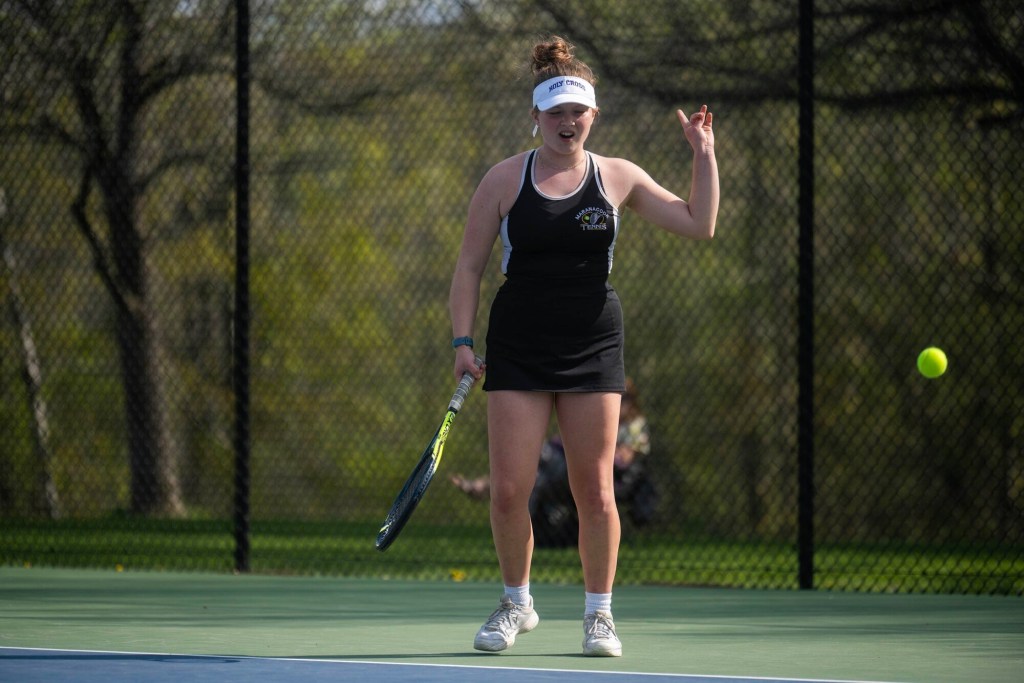
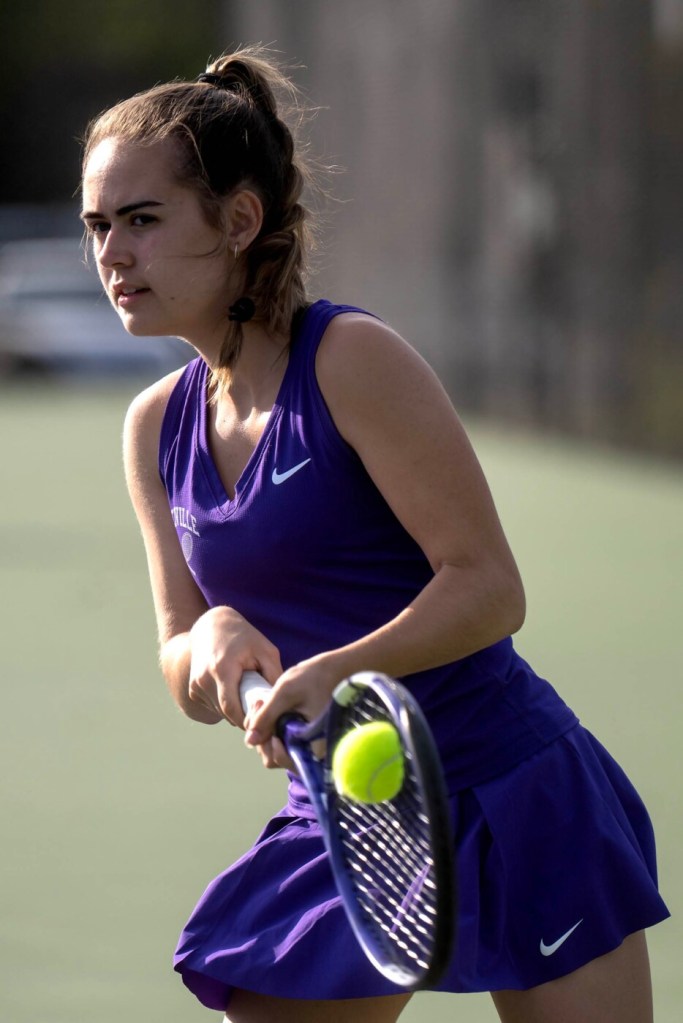
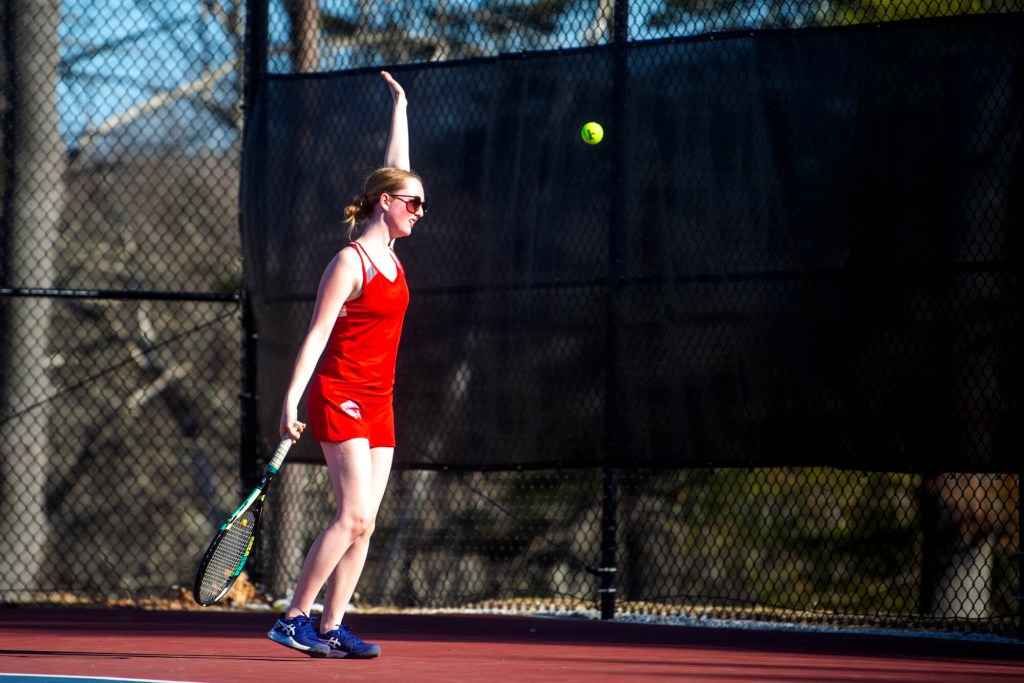
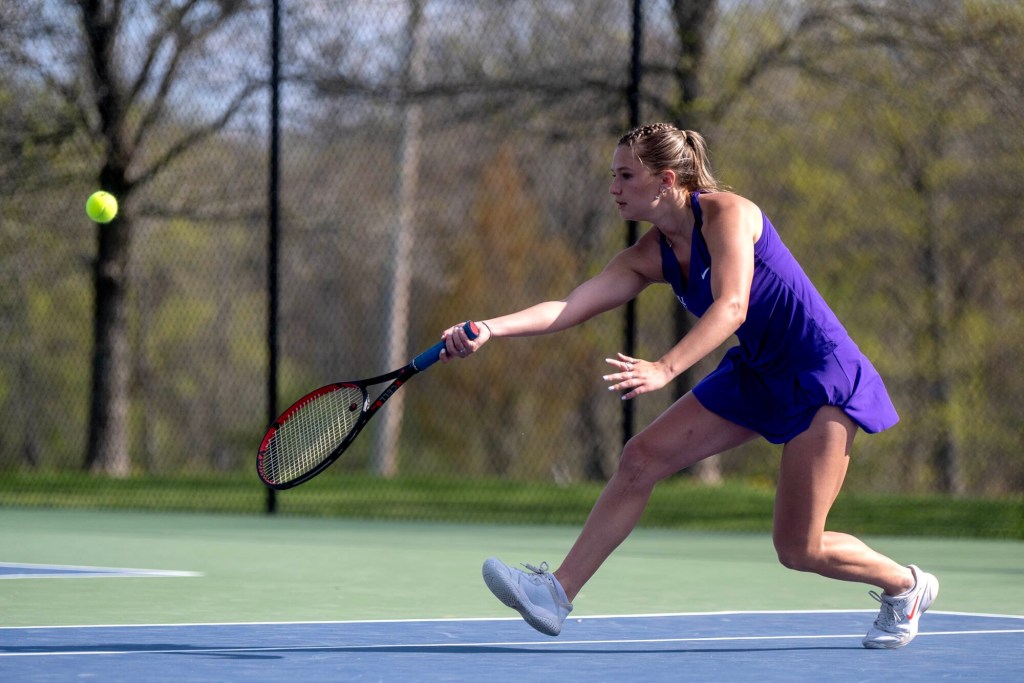
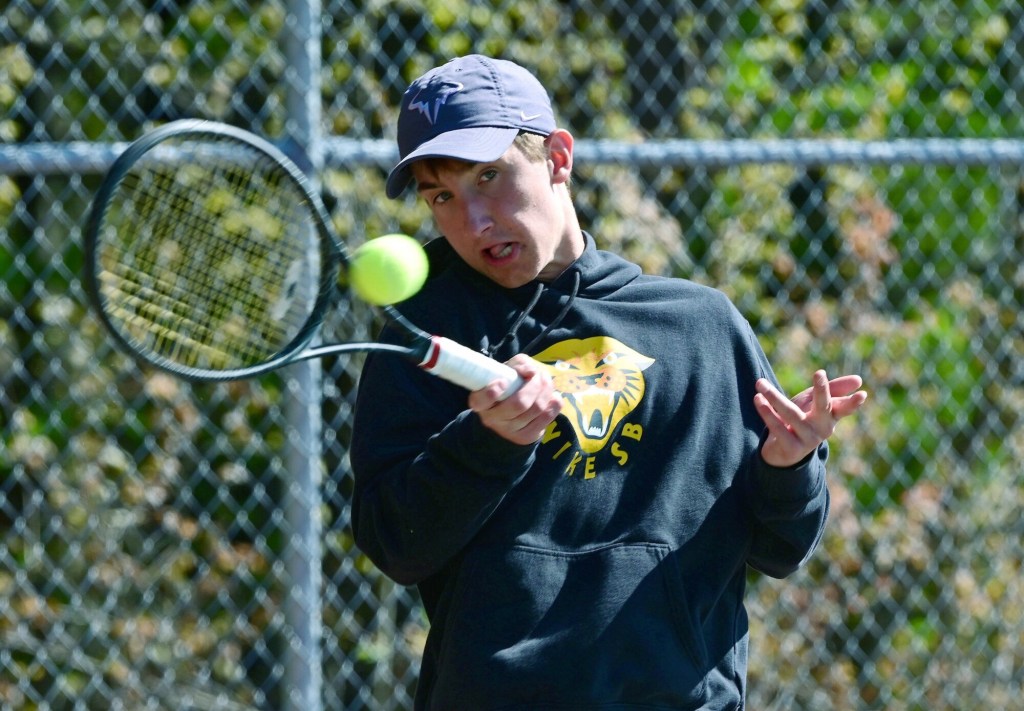
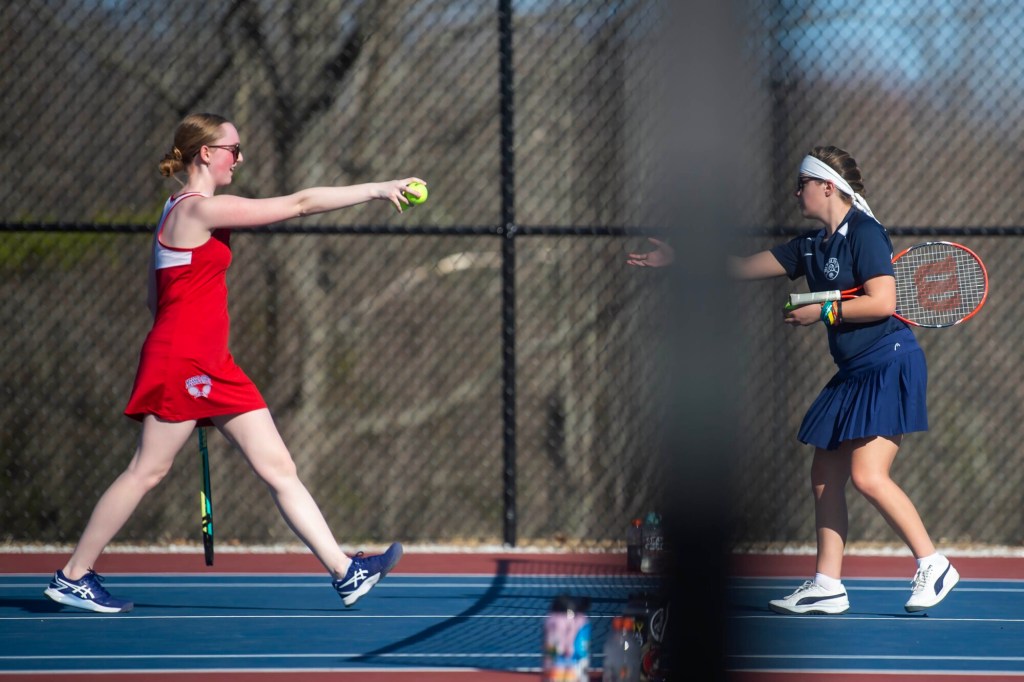
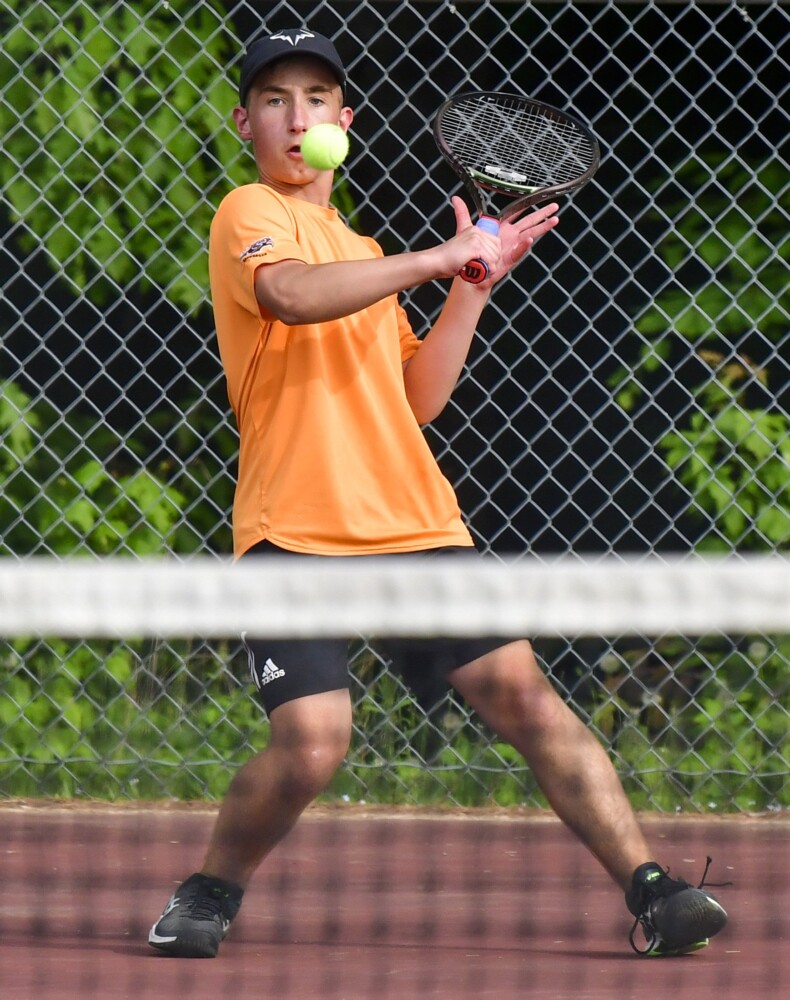

Comments are no longer available on this story